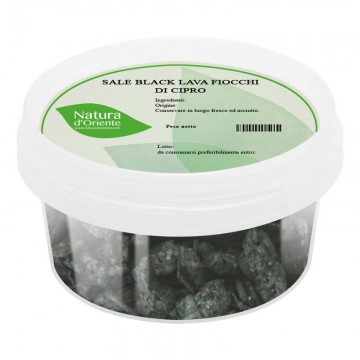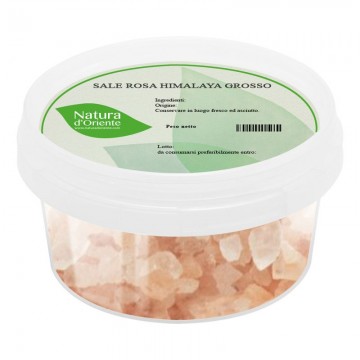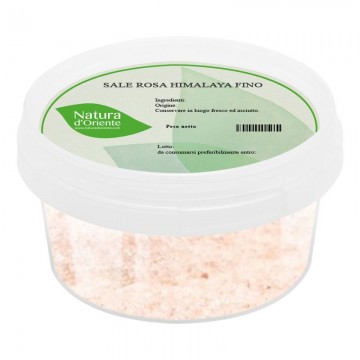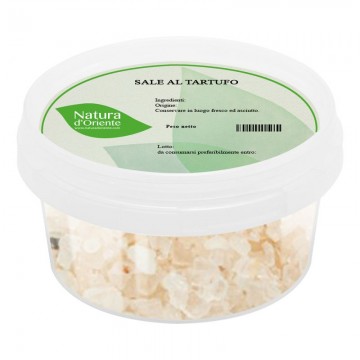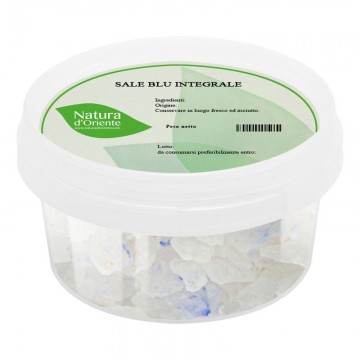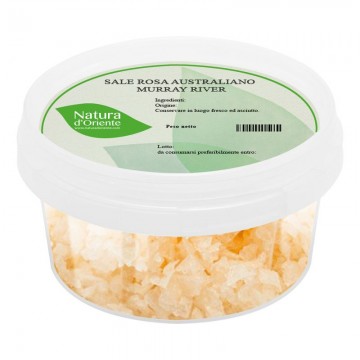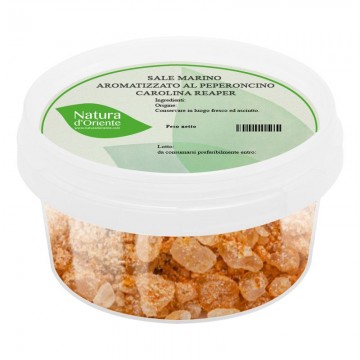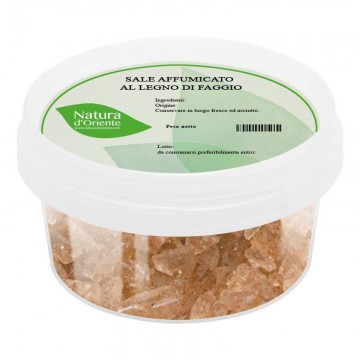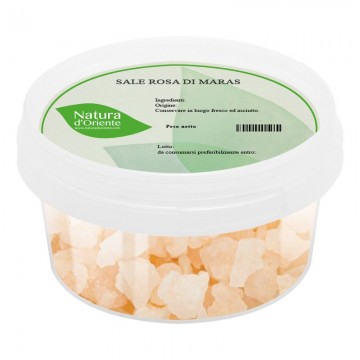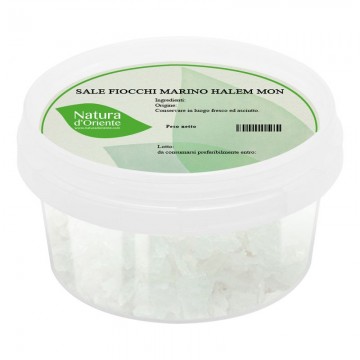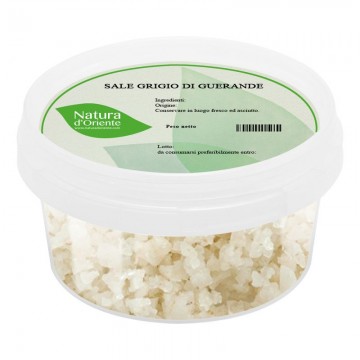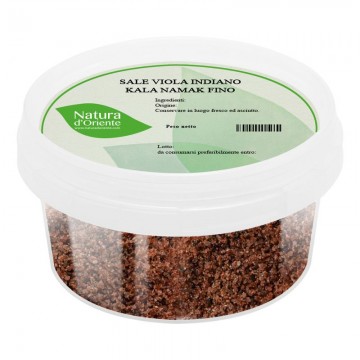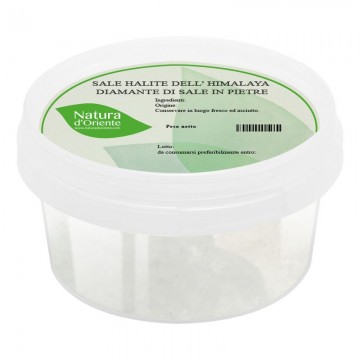It is an unrefined sea salt, which contains spices and herbs such as coriander, turmeric, garlic, chilli, cloves, laurel, fennel, fenugreek . This salt is useful for those who want to keep their blood pressure under control and control the amount of salt in their dishes. This condiment is a choice that allows little salt and an amplified flavor.
Spiced salt
It is a salt that ranges between global cuisines, to give a world of flavors through spices. Thanks to these varied ingredients, it gives an extraordinary and intense flavor nuance, which becomes pleasant on the palate even with a pinch of salt. The spiced, flavored and savory salt releases a perfect liking on meat, seafood and vegetables. Salting becomes pungent if not used sparingly . From an aesthetic point of view, this spiced salt shows a golden color, also of value for the finishes of some dishes as a garnish "with surprise" in terms of taste.
Origins and History of the extraction
The idea of mixing salt with spices and herbs is very old, and in particular it was used in the East where spicy recipes abound. In our area, it was more common to mix sea salt with aromatic herbs. Today, which can range from different types of spices and sea salts, the mixing technique can involve many ingredients, as in the case of this spiced salt. It always starts from the moment after the sea salt is harvested. The sea water is allowed to evaporate from the salt pans, until the salt crystals settle on the bottom. At this point they are harvested, and can be used for a mixture with spices and herbs, during the drying phase.
Another procedure is to mix and grind the ingredients with sea salt available, making sure that all ingredients must be dry - to avoid salt lumps. In any case, the flavors must be balanced to prevent some flavor from dominating, and the very strong spices are carefully dosed so as not to give a too intense flavor to the salt. Spicy salts can be created with a greater direction of spicy, sweet, floral and so on, in any case the insert of exotic spices often makes this mix unique with a nuance of aromas and elusive tastes. Among the spices used in the spiced salt are: coriander, turmeric, chilli, cloves. Among the herbs are considered: laurel, fennel, fenugreek. Garlic is botanically a vegetable, sometimes considered among the aromatic herbs.
Nutritional values of the spiced salt
This sea salt contains mostly sodium chloride, as well as trace minerals such as potassium, magnesium, calcium, zinc.
How to use spiced salt in the kitchen
This condiment has a strong flavor and an intense aroma, excellent for flavoring most recipes, and on any seasoning occasion. It is convenient to have it always available because it is really used on everything. It gives an intense flavor to vegetables and salads, and a spicy touch on potatoes or eggs. It is an exquisite ingredient on grilled meats, excellent on fish and with a pinch also on carpaccio. It can make chicken, lamb more interesting and is exquisite on pork. It brings a spicy note to burgers, soups and stews. This spiced salt enhances dishes that show a not very tasty taste, but you have to pay attention to the pungent notes of the chilli, in combination with garlic. Ideal for making sauces and dips, spiced salt can add a distinct flavor to some rice dressings. Its golden color also makes it interesting to decorate some dishes, prepared to discover its spicy value as a "surprise" in tasting.
Spiced salt: side effects and contraindications
Caution is advised in the intake of sea salt in case of hypertension, cardiovascular disorders, diseases related to the kidneys and blood vessels. Furthermore, it is good to moderate the quantities during pregnancy and breastfeeding.

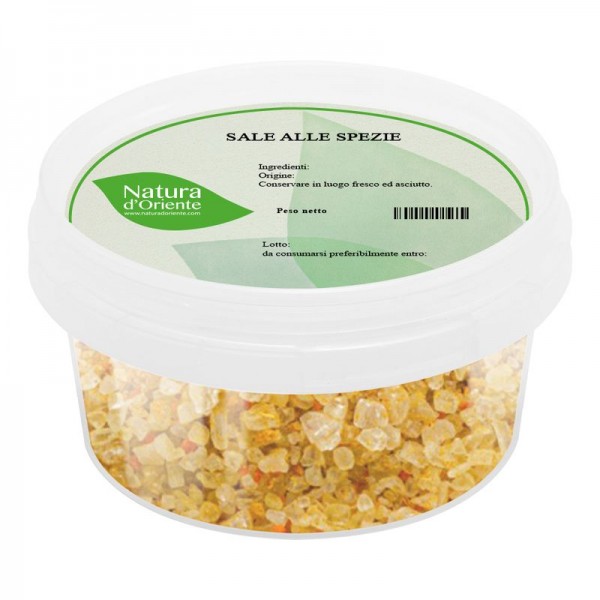





 No reward points for this product.
No reward points for this product.
